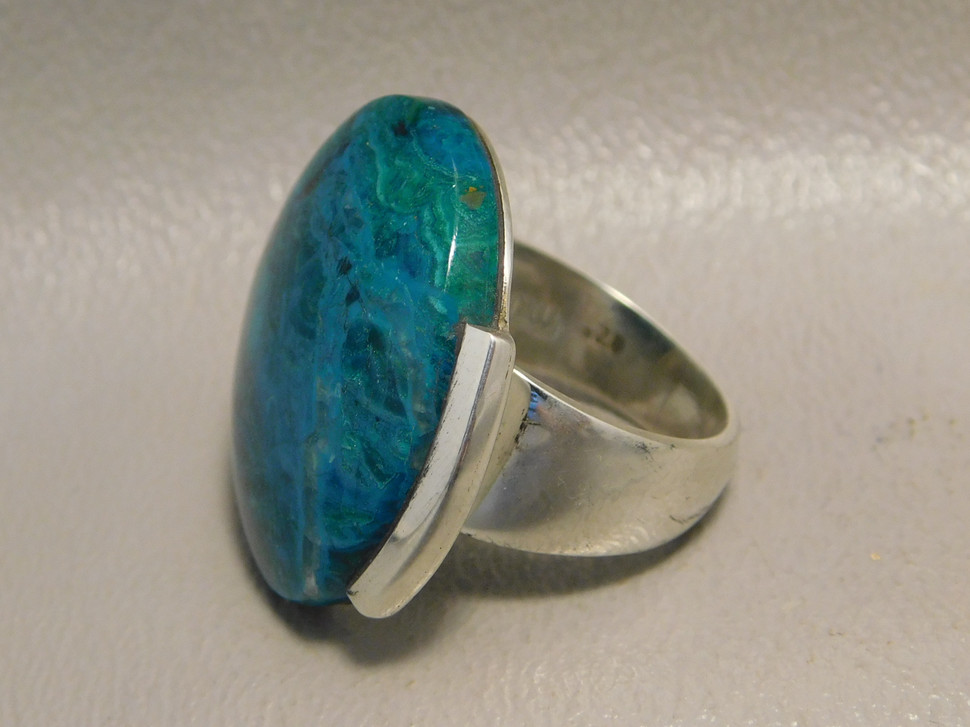If you are new to jewelry making and are working with casting, you are likely to encounter some problems.
Here are some troubleshooting ideas to consider if you are experiencing the following problems. These are general problems and may incur in various types of casting, as well as various types of materials or metals.
Flashings
- 1. Your water to investment ratio is wrong (too thin)
- 2. Investment not given enough time to set properly (it is very important to have patience and not rush the investment time)
- 3. Flask moved during setting of investment
- 4. Too rapid heating of flask
- 5. The flask was allowed to dry out, not remoistened before burnout
- 6. The flask cooled before casting
Incomplete castings
- 1. Sprues too thin, too long (feeder sprues should not exceed 3/4”), or not enough of them
- 2. Wax not fully burned out
- 3. Model too cold
- 4. Not enough metal used
Shiny cast before pickling
- 1. Wax not fully burned out
Dark rough cast resists deoxidation in pickle solution
- 1. Burnout temperature too high
- 2. Metal got too hot
Porous cast fine cavities or Bubbles on the surface (small holes are usually referred to as porosity)
- 1. Sprued wrong- Plan the sprue connections to avoid sharp corners or directional shifts in the metal.
- 2. Investment not mixed or vibrated right
- 3. Wax not painted with wetting agent (flux prevents contact with air)
- 4. Wax not fully burned out
- 5. Metal or flask too hot (the flask getting too hot is the most common cause of porosity)
- 6. Mold not dry
- 7. Too much metal in cast (over 50%)
Rough surfaces on cast (other than bubbles)
- 1. Sprued wrong- Plan the sprue connections to avoid sharp corners or directional shifts in the metal.
- 2. Water/investment ratio wrong
- 3. Investment not given enough time to set properly (too short an investment time can cause watermarks)
- 4. Flask heated too rapidly
- 5. Material trapped in mold
- 6. Too much old metal in cast
- 7. Make sure the flask is in the center of the kiln for even heating
Foreign article or metal inclusions
- 1. Sprued wrong- Plan the sprue connections to avoid sharp corners or directional shifts in the metal.
- 2. Investment not given enough time to set properly
- 3. Flask heated too rapidly
- 4. Particles in sprue hole after burnout
- 5. Foreign particles in molten metal
- 6. Flask contained rust or dirt
Investment moves within the mold
- 1. Sprued wrong- Plan the sprue connections to avoid sharp corners or directional shifts in the metal.
- 2. Investment not given enough time to set properly
- 3. Flask heated too rapidly
Premature solidification
- 1. Temperature too low
- 2. Too much distance between model and top of flask trapped gases
- 3. Insufficient casting force
- 4. Not enough metal
Fractures on the metal surface
- 1. Casting put in water to soon
Large cavities
- 1. Metal too hot
- 2. Sprues too small to allow contraction
- 3. Flask too cold
- 4. Impurities in alloy
- 5. Hurried burnout
- 6. Not enough metal used
- 7. Metal contained solder
Incomplete castings
- 1. Cold metal
- 2. Too little metal
- 3. Interrupted pour
- 4. Sprue hole too small in diameter
- 5. Sprue hole too long
- 6. Flasks parts not lined up properly
- 7. Cracked sand core -loose sand entered hollow cavity
- 8. Model too thin
- 9. Sand too dry (add olive oil or glycerin)
Clearly one of the most important jobs is the investment. You should always follow the investment powder manufacturer’s instructions. If your water has lots of impurities, use distilled water. Use quality investment powder, use the correct ratio to water, the correct water temperature and make sure you have patience and let it set the right amount of time. Do not move the flask until the investment is set.
It is important on how you use sprues. Plan the sprue connections to avoid sharp corners or directional shifts in the metal. Make sure that your sprue is at least 25% larger than the heaviest portion of the piece. Feeder sprues should only be about ¾” long. If they must be longer, increase the diameter.
Also always follow the instructions on the wax you use for recommended burnout cycles. In order for the wax to burnout properly the burnout cycle must be slow and hot enough. The size of your flask has a bearing on the length of the burnout but a minimum of six hours is recommended, eight hours is preferred. Usually, the harder or denser the wax, the longer it will take to burnout.
Be sure and check for recommend temperatures for the flask and the metal and avoid heating the flask too rapidly. A too hot flask is the likely cause of porosity, one of the most common casting problems.
Finally, for small metal melts it is okay to use an acetylene torch. However, for larger melts and always for platinum, use an oxygen/natural gas or propane because the fuels are cleaner than acetylene. Acetylene can affect the crystal integrity of the casting. Use a large torch tip and adjust the fuel/oxygen proportions to produce a large bushy flame with a rich blue color.
_________________________________
Keep an eye out as next month we will start a series of blogs about soldering!
 US Dollar
US Dollar
 Australian Dollar
Australian Dollar
 Euro
Euro
 Canadian Dollar
Canadian Dollar
 British Pound Sterling
British Pound Sterling

